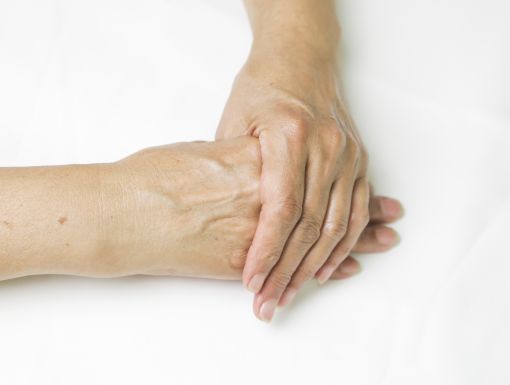
Best Strategies for Changing Habits
Habits can come in many forms, and understanding the differences between healthy or productive habits and less productive or unhealthy habits can be difficult for many. You may have productive habits like taking the trash out every Sunday or brushing your teeth before bed. You may have other less productive habits such as dumping your laundry on the floor instead of placing it in a hamper. You may also have habits that are not so healthy and potentially addictive such as smoking.
Habits can be hard to break. They’re deeply wired by constant repetition in our brains, becoming comfortable and familiar. According to NPR, there’s a psychological pattern that forms to create a habit known as the “habit loop.” The habit loop is a three-part process. First, there’s a cue that tells your brain to go into automatic mode and let a behavior unfold. Then there is the routine, which is the behavior itself. The reward is the final step which your brain remembers and stores away into the “habit loop” for the future.
What causes unhealthy habits?
Most unhealthy habits tend to be caused by two things: stress and boredom. Nail biting, smoking, overspending or drinking alcohol often are all simple responses to stress and boredom. It’s possible to teach yourself to substitute these less healthy habits with more healthy ones. Recognizing the underlying cause of your habit and what triggers the behavior of your habits can be helpful in the process of overcoming them.
Define the behavior you want to change. Once you define the behavior you want to change, decide what behaviors might be a healthy replacement behavior. Setting realistic small attainable goals for these habits is essential. Do you tend to be late for work? Do you eat fast food too much? Break these habits by substituting behaviors. For example, you can break a poor sleeping habit that causes you to be late for work by stopping watching TV or playing on your phone in bed or putting your alarm clock on the other side of the room so you must get up on the first alarm. Pick a buddy and hold each other accountable to meal planning or grocery shopping on the weekends so you aren’t resorting to convenience foods.
Identify the triggers. What makes the autopilot kick in? Identifying the events that trigger your habit may assist in becoming mindful of the events leading to your tendency to engage in a bad habit. Becoming mindful of these triggers can assist you in addressing the behavior before it starts. Map out the people, places and situations where the behavior tends to occur and then back track to the events leading to the behavior. What is the pattern? Do you tend to smoke after talking with a certain family member? Do you tend to overeat if there is junk food at your house? Do you tend to be short-tempered when you’ve had a stressful day?
Deal with the triggers. We are here to break the pattern. Breaking these triggers takes doing thing like setting limits and boundaries with family. It takes getting the junk food out of the house. It takes realizing that you are stressed after a long day of work, so you sit in your driveway listening to music to unwind from your day or taking a few moments a day for some deep-breathing exercises to relax. This is what helps prevent you from smoking to treat stress or eating that junk food in the kitchen or using a family member or friend as a punching bag. This can assist you in learning your specific patterns.
Fix the pattern. This is what helps tackle the core habit. This is where you decide you want to work out more, so you start going to the gym during your lunch break because you know you’re too tired after work. You realize you’re late to work because you stay up late playing on your phone. This is where you decide to charge your phone on the other side of the room, so you’re not tempted to stay up on your phone. Visualize yourself succeeding and crushing it.
Get support. Find a buddy. Find multiple buddies. Get an exercise buddy. Walk with a friend at lunch. Have a friend or family member you can call and talk to when the cravings start to kick in. Get a coffee buddy that walks with you to get coffee instead of standing outside to smoke a cigarette. You’d be surprised how much easier kicking a habit is when you have support.
It’s so important to stay consistent and be kind to yourself. It takes time for new brain connections to kick in, and for new patterns to replace the old ones. Take it one step at a time. Plan for things to not always go according to plan. You are doing the best you can!



